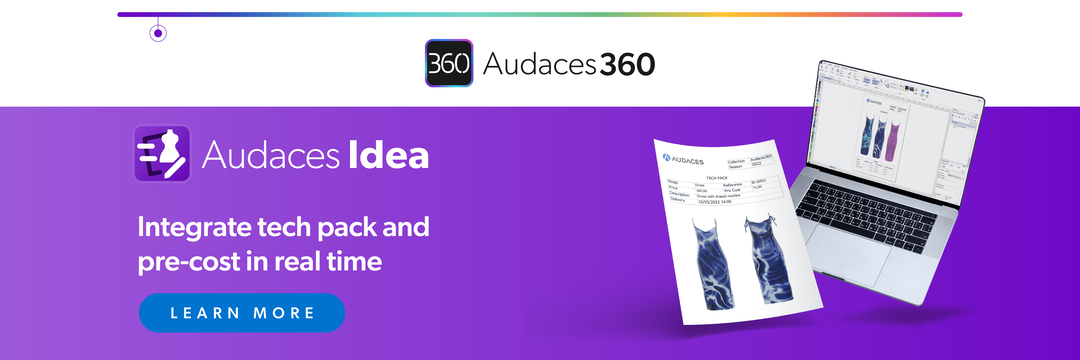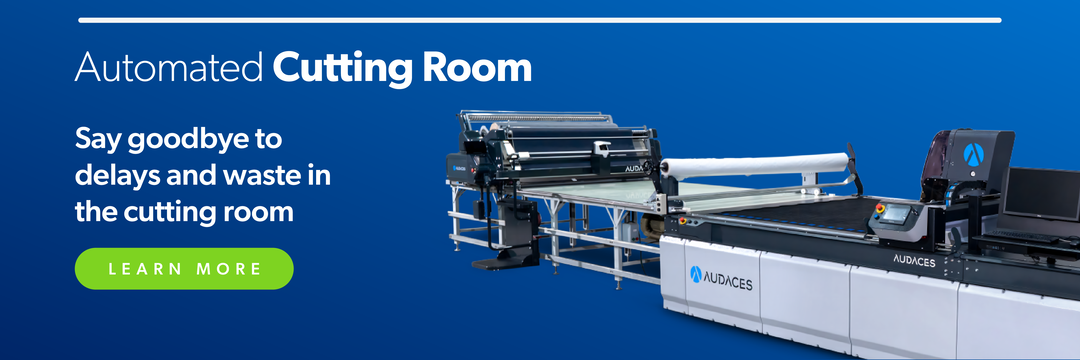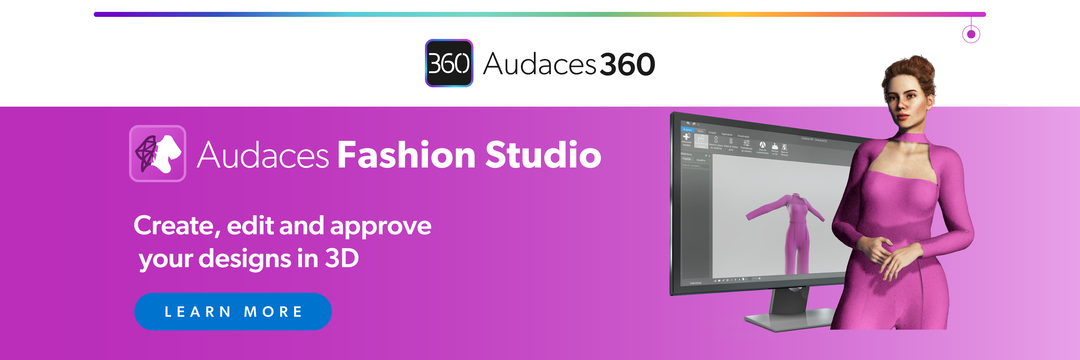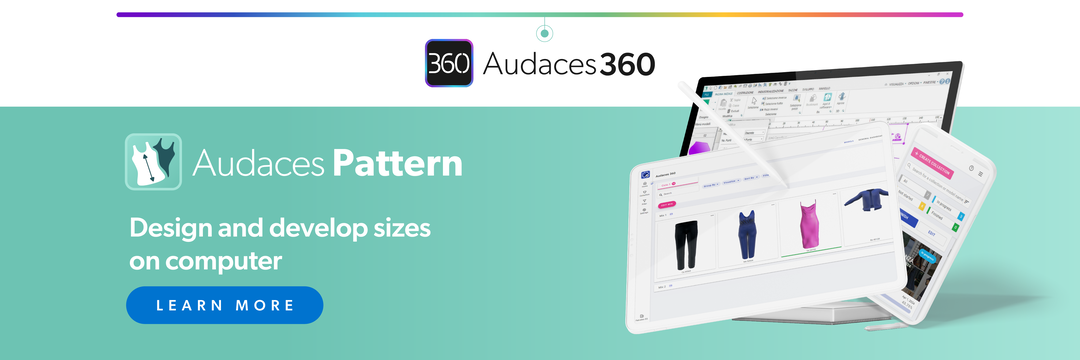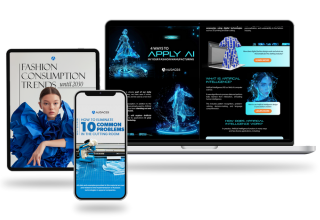Summary
- Discover why the activewear segment continues to grow and attract new fashion brands.
- Learn what designers should consider before entering this competitive yet rewarding market.
- Want more insights into the fashion world? Subscribe to our newsletter!
The activewear market has become one of the most dynamic and profitable segments in the fashion industry. Driven by lifestyle changes and the rise of wellness culture, this niche continues to expand year after year.
It’s a business opportunity to connect with a new group of consumers who value comfort and style. That’s why we’ll explore the reason investing in activewear is such an interesting and promising path.
We’ll also discuss what you should consider before starting your collection. From choosing fabrics and technologies to understanding the mindset of today’s activewear consumers.
Ready to dive in? Then let’s begin. Happy reading!
Sumário
Why focus on the activewear market
Today, the activewear market represents a lifestyle choice, merging functionality, comfort, and fashion. People want clothes that allow them to move freely during workouts but still look stylish in everyday settings.
This shift has opened the door for designers to explore new creative directions while addressing a growing global demand.
Another key reason to focus on activewear is its resilience. Unlike seasonal fashion cycles, this segment benefits from consistent demand driven by health awareness, fitness culture, and hybrid lifestyles.
From gym sessions to casual outings, activewear pieces easily adapt to multiple contexts, ensuring year-round sales opportunities.
Is the activewear market profitable?
Yes, the activewear market is highly profitable. And it continues to grow!
According to global industry reports, this segment has shown steady expansion. Moreover, it’s expected to keep rising as more consumers adopt active lifestyles.
Another key point is that mixing style and practical design helps brands sell their products at higher prices.
Profitability also comes from product versatility. Brands can sell activewear items across different categories such as fitness, yoga, outdoor, and lifestyle, multiplying revenue possibilities. Brands that manage to create multifunctional designs often reach diverse audiences with minimal changes in production.
What you should consider when creating an activewear collection
Designing an activewear collection requires creativity, strategy and technical insight. Here are some key points you should pay close attention to:
Understanding your target audience
Before sketching your first design, identify who your collection will serve. Are you targeting professional athletes, yoga enthusiasts, or people looking for stylish everyday comfort?
Each profile has unique expectations regarding fit, fabric, and functionality. Learning these differences helps you create products that truly meet their needs.
Choosing the right activity focus
Not all activewear have the same purpose. The type of activity (high-impact training, yoga, running, or outdoor sports), directly influences design decisions. Each requires different levels of support, breathability, and stretch.
Focusing on a specific activity helps you refine your product development and deliver better performance.
In addition, a well-defined focus positions your brand clearly in the market. Instead of trying to please everyone, specialize in one area and build expertise.
Selecting fabrics and materials
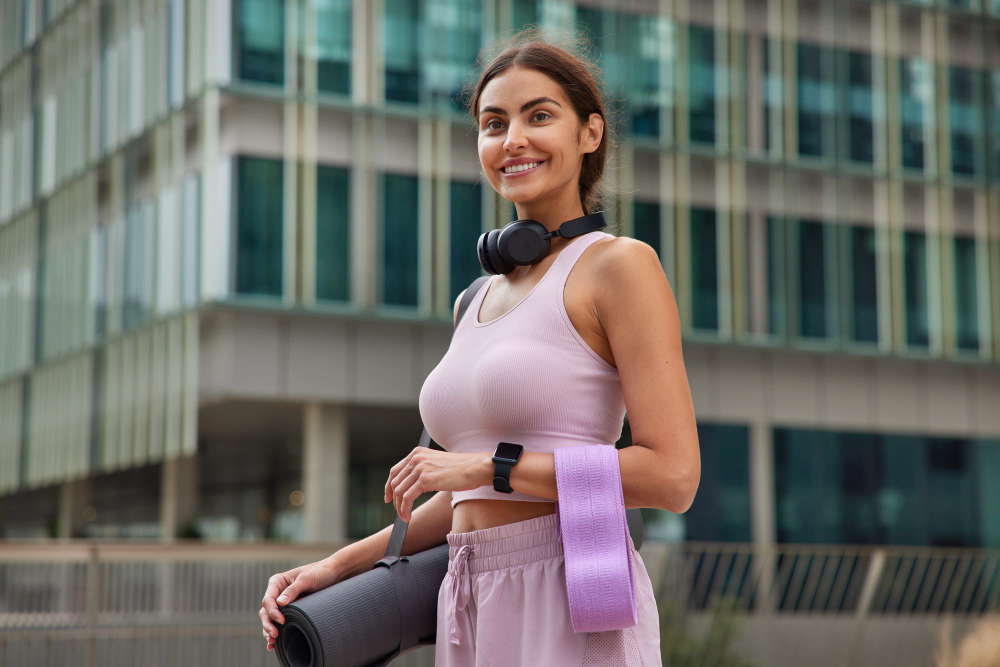
Fabric choice is the foundation of any successful activewear collection. The ideal material must be flexible, breathable, and moisture-wicking to ensure comfort during movement. Synthetic fibers like polyester and nylon are common, while blends with spandex or elastane provide the needed elasticity.
However, today’s consumers are increasingly conscious of sustainability. Eco-friendly alternatives, such as recycled polyester and organic cotton with stretch, are gaining popularity.
Choosing the right fabrics has the power to improve product performance and strengthen your brand’s values and appeal.
Learn more: Discover seamless technology niches and benefits for fashion
Perfecting fit and pattern design
Fit is what transforms a good design into a great one. In activewear, it’s essential to provide support and freedom of movement at the same time.
To achieve this, careful pattern making helps the garment fit the body. It allows for movement and does not cause discomfort during activities.
Digital solutions can make this process more efficient. With 3D modeling and pattern-making software, professionals can test different fits virtually, reducing waste and production costs.
Exploring aesthetics and trends
While functionality is key, aesthetics play an equally important role in attracting consumers. Modern activewear often blends sporty and casual elements, resulting in pieces that are as fashionable as they are practical. Colors, prints, and silhouettes evolve constantly, so staying up to date with trends keeps your brand relevant.
Incorporate visual identity into your collection. Whether through minimalist design, bold patterns, or sustainable fashion statements, your aesthetic choices should reflect your brand’s personality. After all, consistency helps build recognition and emotional connection with your audience.
Learn more: Explore how to design prints in 6 simple steps
Activewear is just one of many trends transforming fashion. Want to know which ones will lead the way to 2030? Download our exclusive report now!
Balancing performance and durability
Performance defines the usability of activewear, but durability determines customer satisfaction. To balance both, prioritize high-quality stitching, reinforced seams, and long-lasting materials. Consumers expect their garments to maintain elasticity, color, and comfort after multiple uses and washes.
At the same time, performance depends on functional features such as breathability, compression, and quick-dry capabilities.
Keep that in mind when testing your products under real conditions. It ensures that they deliver what they promise.
What is the difference between activewear, sportswear and athleisure?
Although these terms may seem like synonyms, each has its own focus within the fashion and lifestyle industry. Understanding the difference helps you position your brand and collections more effectively in the market.
Check it out:
Activewear
Designed for movement, performance, and physical activity. It includes clothing made with technical fabrics that enhance comfort, breathability, and flexibility during workouts or sports practice.
Sportswear
A broader term that refers to clothes meant for specific sports, such as tennis, running, or cycling. These garments are typically function-first, with features tailored to the sport’s physical demands.
Athleisure
A blend of “athletic” and “leisure”, this category combines sporty aesthetics with casual wearability. Its purpose is everyday use: comfortable and stylish. It also should be versatile enough to transition from the gym to social or work environments.
Most popular fabrics for activewear
- Polyester: Lightweight, strong, and quick-drying, polyester is one of the most common activewear fabrics. It offers durability and moisture-wicking properties that keep the body dry during intense activity.
- Nylon: Known for its smooth texture and excellent elasticity, nylon provides comfort and flexibility. It also resists abrasion, making it ideal for high-performance garments.
- Spandex (Elastane): Adds stretch and recovery to fabrics, ensuring a snug yet comfortable fit. Even in small percentages, spandex improves movement and shape retention.
- Recycled polyester: A sustainable alternative to virgin polyester. It’s made from recycled plastic bottles or textile waste, offering similar performance with a smaller environmental footprint.
- Cotton blends: When combined with synthetic fibers, cotton adds softness and breathability to activewear without compromising performance.
- Bamboo fabric: Naturally antibacterial and moisture-absorbing, bamboo-based textiles are an eco-friendly choice for designers seeking sustainability.
Learn more: Discover how sustainable design can delight your customers
5 reasons to invest in the activewear niche
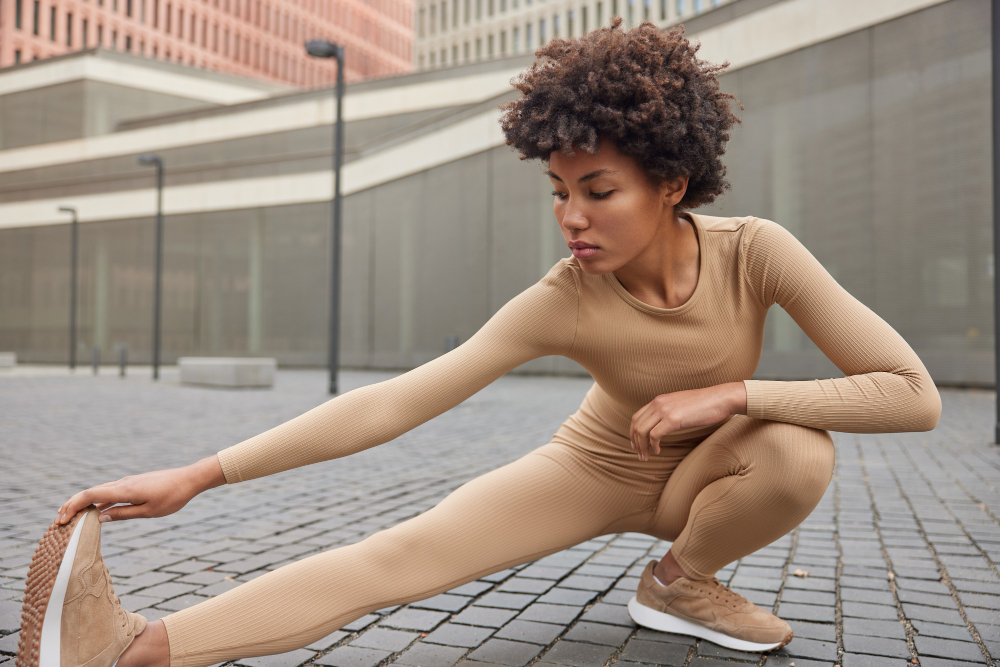
1) A market that keeps growing
Driven by a global interest in health, wellness, and comfort, demand for activewear continues to rise.
This growth is not limited to sports enthusiasts. Today, people wear activewear for everyday activities, travel, and leisure, which broadens the market and sustains its profitability. The line between fashion and functionality keeps blurring, and that’s precisely what keeps this segment thriving.
For fashion designers and entrepreneurs, this ongoing expansion means long-term business potential. Investing in this niche allows your brand to align with global lifestyle trends that show no sign of slowing down.
2) A versatile and diverse audience
The diversity of audience allows brands to target multiple demographics. It includes young adults following gym trends to mature customers prioritizing wellness.
This versatility of this market also extends to different lifestyles and income levels. It doesn’t matter if it’s high-performance gear or affordable active essentials. There’s room for various brand positions and price ranges.
Learn more: How versatile clothing creates collections customers love
3) Potential for higher profit margins
Consumers are willing to pay more for garments that combine comfort, durability, and technology. This opens the door to attractive profit margins when you deliver quality and innovation.
Limited-edition collections, collaborations, and eco-friendly lines also tend to justify premium pricing. By adding emotional appeal, like sustainability, design exclusivity, or high-end materials, you can elevate your brand’s positioning.
Moreover, the technical nature of activewear allows for differentiation that goes beyond aesthetics. When your products truly perform, customers see real value: and that supports a higher price point without resistance.
4) Room for innovation and distinction
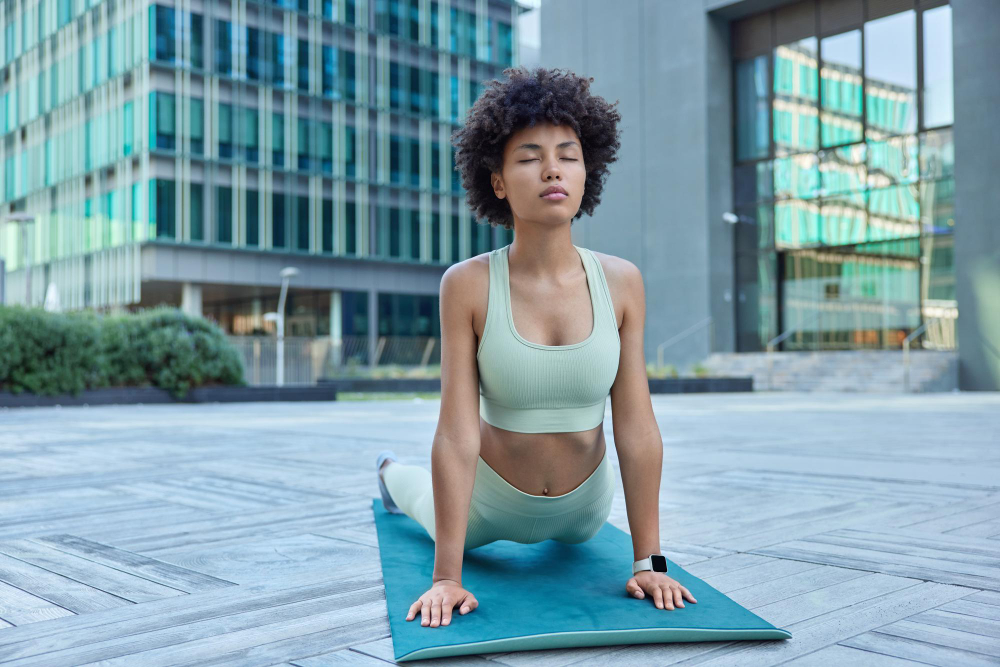
Few fashion segments are as open to experimentation as activewear. Advancements in textile engineering, smart fabrics, and 3D design allow designers to create garments that merge style with science.
Incorporating features such as compression zones, UV protection, and temperature regulation can make your pieces stand out. The same applies to using digital solutions for pattern making, sustainability tracking, and virtual fitting.
Learn more: A simple guide to the wearable tech market
5) Building customer loyalty
When customers find products that fit well, perform reliably, and look good, they tend to return for more. This behavior builds strong brand loyalty and long-term profitability.
Maintaining consistency in quality and design helps nurture that relationship. Customers who trust your brand are more likely to try new product lines or recommend your collections to others.
In an increasingly competitive fashion landscape, loyalty becomes one of the greatest assets. By focusing on comfort, innovation, and authenticity, you can turn one-time buyers into brand advocates.
How can technology support activewear design?
Technology has become an essential partner for designers entering the activewear segment. From digital sketching to automated pattern development, it streamlines every step of the creative process.
These solutions allow you to visualize ideas faster, helping you move from concept to production more efficiently.
3D design and virtual prototyping, for instance, enable realistic garment simulations before producing physical samples. You can test movement, fit, and fabric behavior digitally, saving time and resources while reducing waste.
Technology also enhances collaboration across teams. Pattern makers, designers, and manufacturers can work together through connected platforms, ensuring accuracy and agility throughout production. This integration is especially valuable for collections that rely on technical details and performance fabrics.
With digital solutions like Audaces360, designers gain access to a complete ecosystem for fashion creation. It connects design, pattern making, and production management in one workflow. It’s the best technology empowering you to create high-quality activewear collections that meet today’s market demands.
Learn more: 6 benefits of using 3D CAD in your fashion business
Create outstanding collections with the power of Audaces360!
LIVE! is one of the leading brands in the fitness world and has transformed its production with Audaces solutions. Want to see how? Click play to find out!

Audaces360 integrates cutting-edge digital innovations to optimize workflows in the textile and apparel industry.
It caters to companies of all sizes and types, offering the flexibility to scale with your business needs.
All solutions were carefully developed to address the specific challenges of the field. They streamline the design and production processes, saving valuable time and resources.
The platform boasts a comprehensive range of functionalities, including pattern making, marking, collection management, vector drawing, and 3D creation.
In addition, a fashion Artificial Intelligence to assist you along the way.
Loved this article? Add our website to Google’s Top Store and stay connected with the latest in fashion tech!
FAQ
Yes, the activewear market is highly profitable. And it continues to grow! According to global industry reports, it’s expected to keep rising as more consumers adopt active lifestyles.
Understand your target audience, choose the right activity focus, select fabric and materials, and balance performance and durability.
Activewear is designed for movement, performance, and physical activity. Sportswear is a broader term that refers to clothes for specific sports. Finally, athleisure is a blend of sporty aesthetics with casual wearability.


